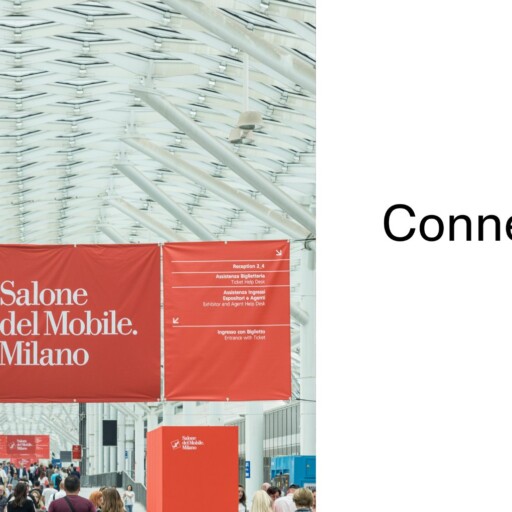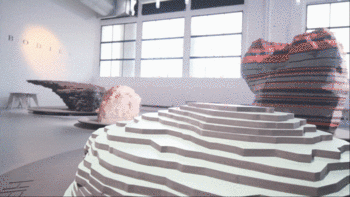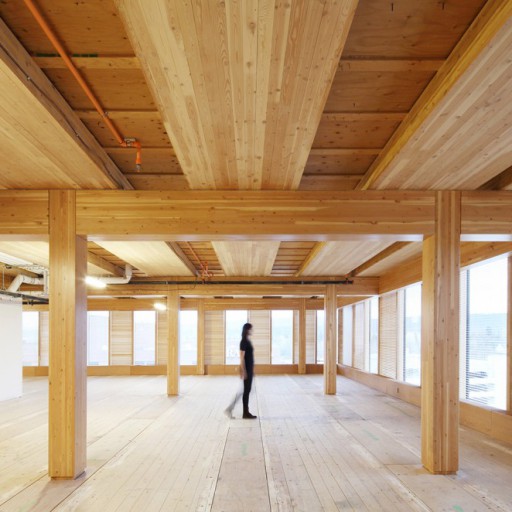Buildings and the construction sector account for approximately 21% of global greenhouse gas emissions, according to the United Nations Environment Programme (UNEP). In particular, buildings were responsible for 34% of global energy demand in 2022. The six-point annual reduction estimated in 2015 to meet the 2030 decarbonization goals has now increased to ten points per year. Given these figures, it’s clear that one of the major challenges we face in the first half of the 21st century is the urgent need to rethink the places we inhabit.
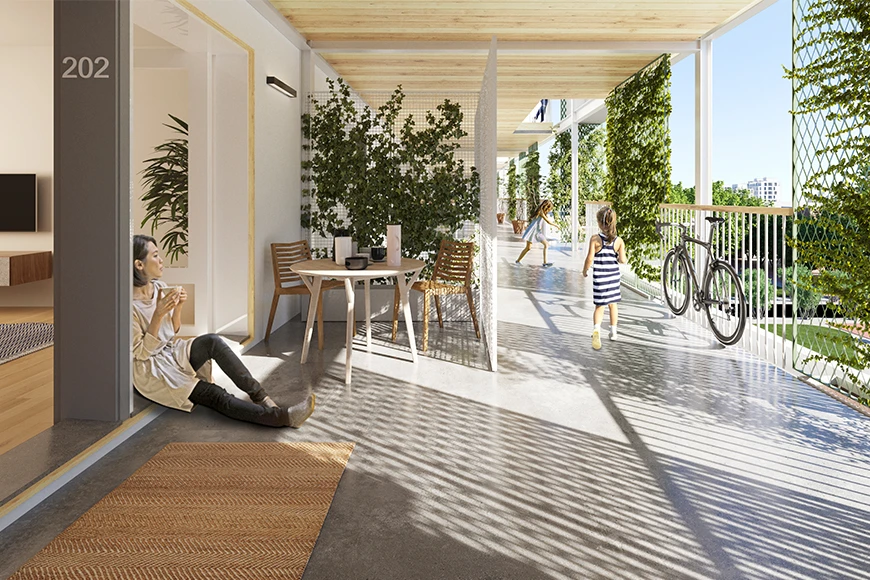
Although environmental sustainability often grabs the most headlines, the UN’s definition places two other dimensions at the same level: economic and social. This rethinking of how we live also involves building homes that, in addition to helping mitigate the climate crisis, create a positive impact on the environment where they are located and on the people who live in them.
There are already many examples around the world of building projects that take sustainability as a whole, and Spain is no exception. We spoke with some of the leaders of two specific projects in different stages of development: Distrito Natural and Petit Village.
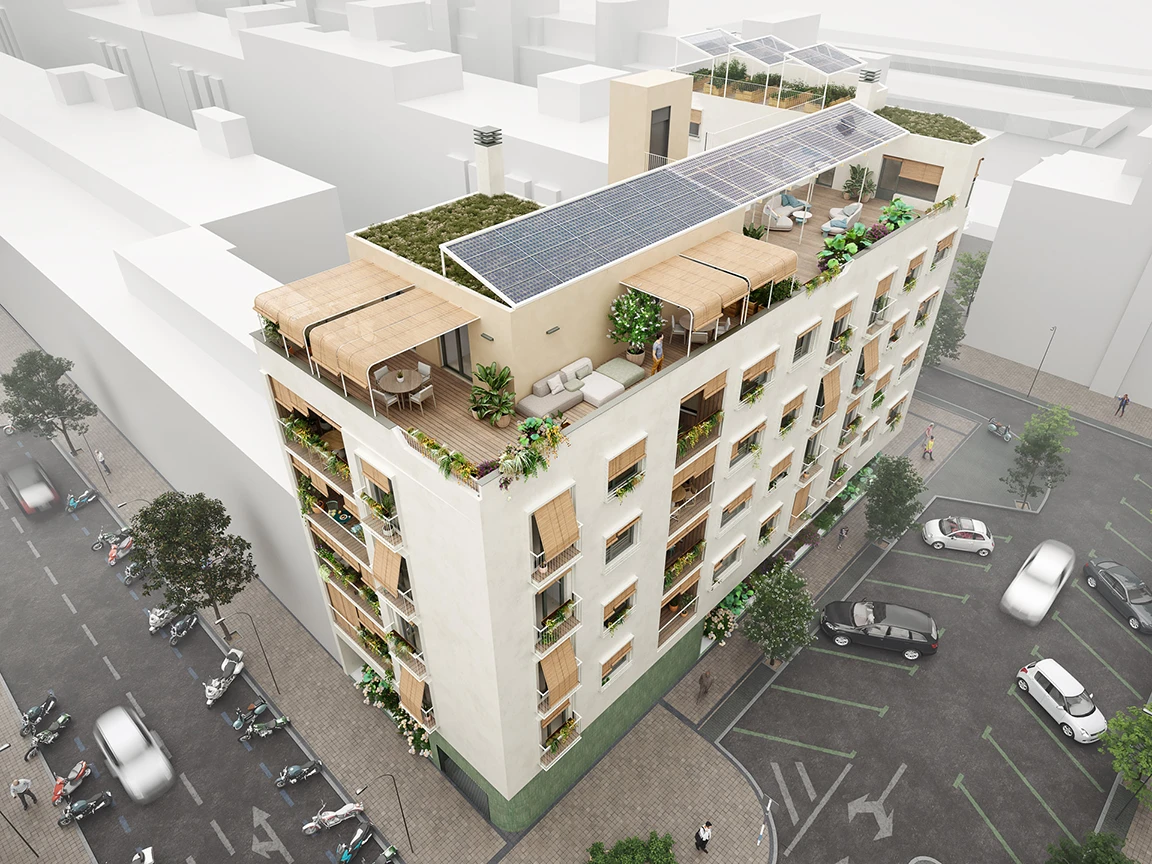
Distrito Natural: first Zero CO2 building in central Madrid
The milestone that the Tomás Bretón building, one of the Distrito Natural projects slated for completion by the end of 2024, will mark is significant: it will be the first zero CO2 sustainable residential building in central Madrid. This certification is awarded to constructions that meet three criteria:
- Nearly zero-energy buildings that do not depend on any fossil fuels.
- Use of 100% renewable energy.
- Carbon footprint calculation through LCA methodology and compensation with a recognized program.
Distrito Natural, an initiative of the sAtt Triple Balance architecture studio, also addresses the other two spheres of sustainability: “Our philosophy is to create homes that not only minimize environmental impact (especially the carbon footprint) but also promote a healthy and sustainable community life. This is the model we call eco-housing”, says Eduardo Ocaña, communications manager of the developer.
For this reason, their concept of home also focuses on the people who will live in the building, the community, aiming to address the issue of unwanted loneliness, which affects more than two million people in Spain.
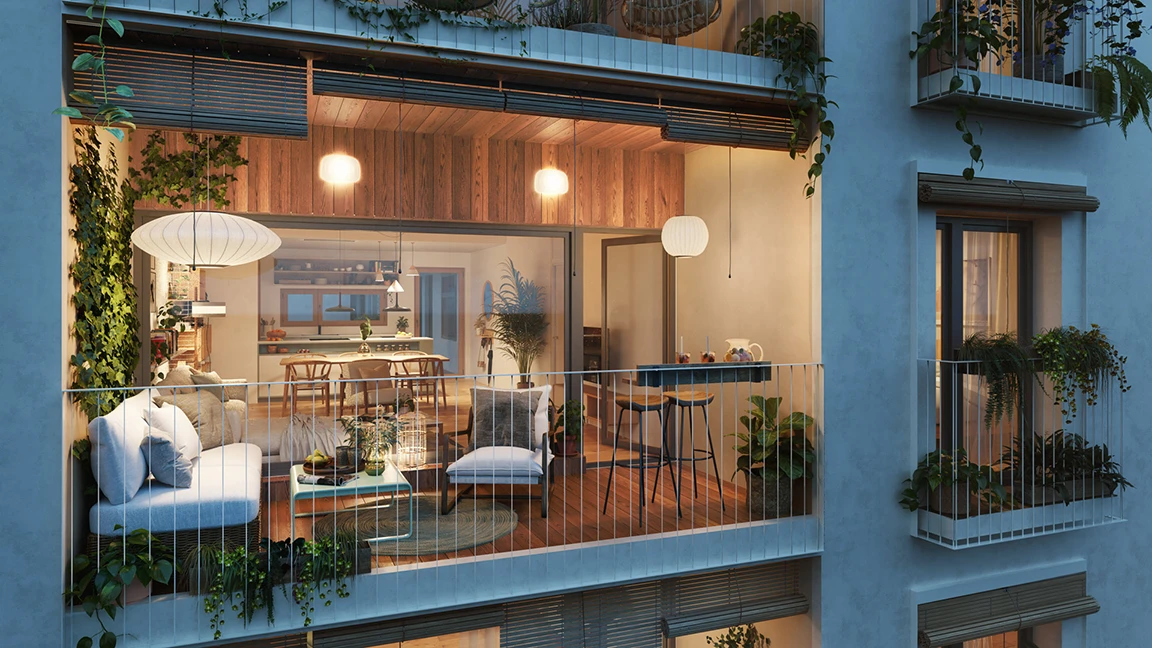
“Architecture can foster another way of relating, leading to greater cohesion in communities. This is where the design of communal spaces and services plays a key role: a kitchen, a bike workshop, a laundry room, a garden, or a shared terrace are places that encourage greater interaction among neighbors. A building that addresses these two dimensions boosts resilience, generating more independence and lower energy bills, for example. It also strengthens mutual support among people, something we saw was invaluable during the COVID-19 pandemic”, Ocaña explains.
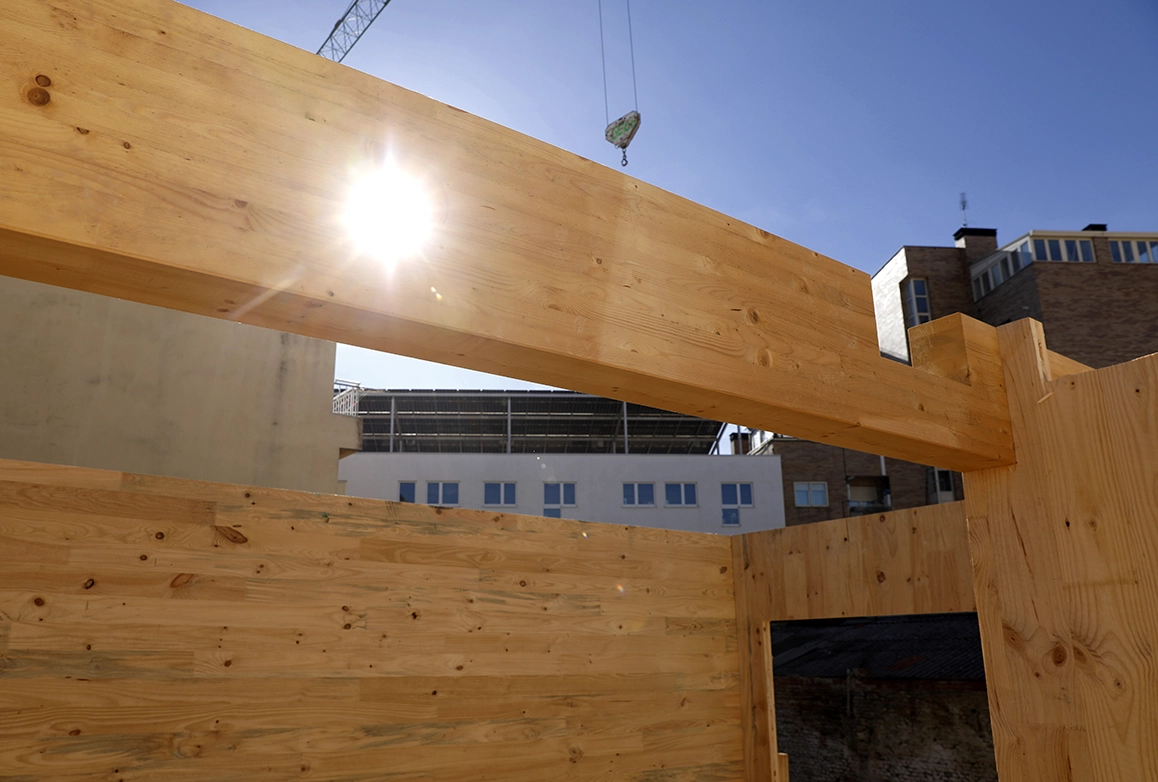
For the Tomás Bretón building and other projects (Ocaña mentions Entrepatios – Las Carolinas and Pirita, both in Usera, Madrid), the developer used materials from Finsa, particularly CLT wood for structures.
Petit Village: a small wooden village
The very name of this project already makes its intention clear: a building that is a small village. “Our building proposes a disruptive solution and initiator of change: it uses the CLT construction system as a CO2 minimizing measure, achieving more than a 75% reduction compared to a building with similar characteristics in traditional construction”, summarizes José Aguilar, lead architect at Agvar Arquitectos. This “very real” idea was presented at the international competition Reinventing Cities, in collaboration with Locare Barajas SL, Agvar-Aguilar y Varona Arquitectos Asociados, Luis Ricardo Aristizabal Mejía, Ineria Management SL, Eficiona Consultores Energéticos SL, Tectum Tar Barajas SL, ACR S.A.U, Financiera Maderera S.A (Finsa), and Ecohub Bilbao S.L.
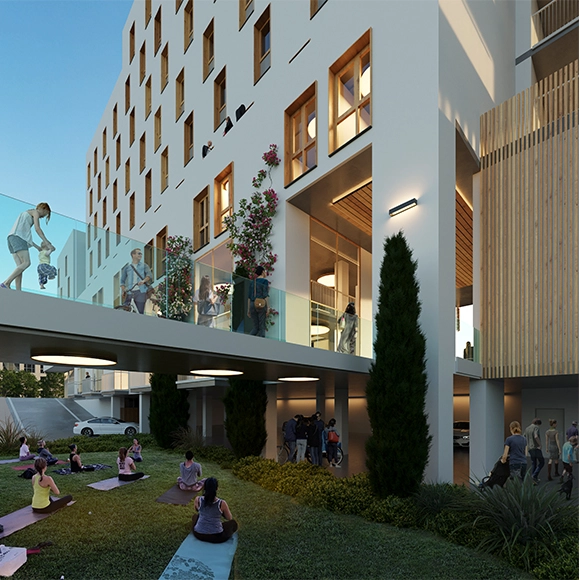
As with Distrito Natural, the sustainability sought in this project, which is in the licensing approval phase, also goes beyond the purely environmental. “A building like this seeks to generate an ecosystem. That is, it becomes an entity of collaboration and interaction in itself”, Aguilar explains. As an example, he cites the galleries leading to the homes and how it is fundamental for them that “life is generated there and moments of interaction are shared“.
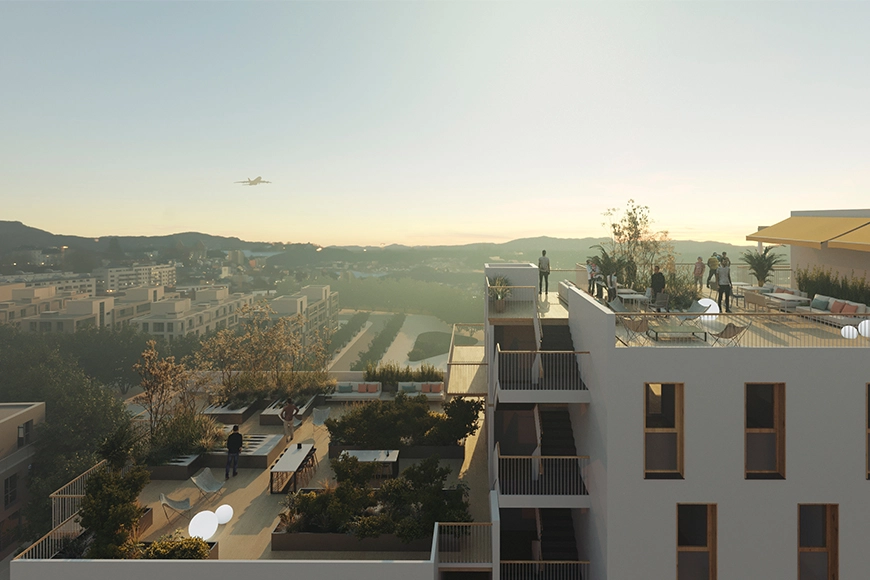
Petit Village, which will be located in the Barrio del Aeropuerto in Madrid, will also be the first coliving public housing building in the capital. It will have 73 protected flats and 25 tourist apartments, as well as a large coworking space and both intimate and communal areas.
The three advantages of building with wood
That both the Distrito Natural and Petit Village projects use wood as the main material is no coincidence. José Aguilar, from Agvar Arquitectos, summarizes three advantages of building with wood: it is a carbon sink (“not only does it consume very little energy in its production, but wood encapsulates the CO2 absorbed by trees”, he says); it enables industrialized construction that “provides certainty about the product received on-site”; and, finally, “exposed wood is a material that produces calm and tranquility“.
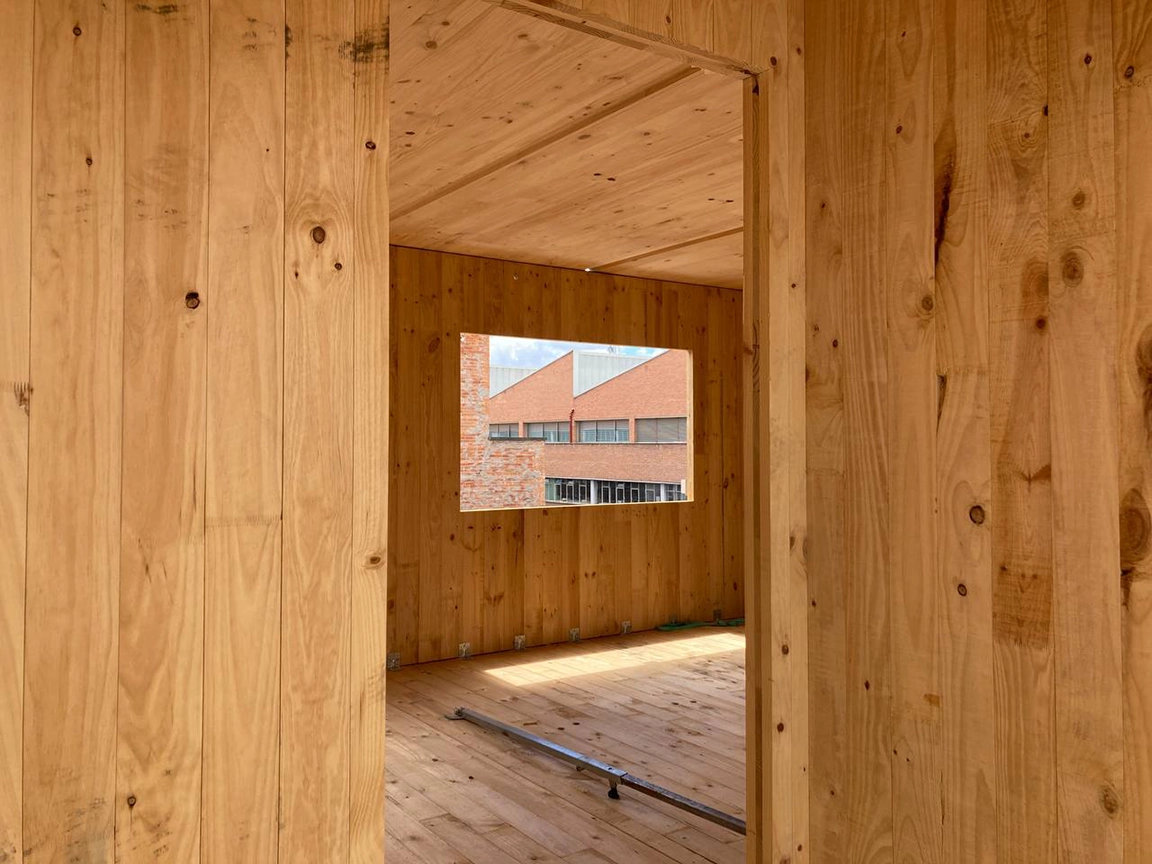
From Distrito Natural, Eduardo Ocaña agrees. “Unlike other materials, such as concrete, steel, and, to a lesser extent, brick, which emit carbon dioxide during their manufacture, trees absorb it, and once felled for construction, it remains stored for decades without returning to the atmosphere”, he elaborates. Wood is also a renewable resource if used sustainably. “This promotes responsible forest management and prevents their abandonment, which in turn boosts the economy of rural areas and the fight against depopulation”, he asserts.
Ocaña also highlights the insulating qualities of wood, which contribute to lower heating and air conditioning consumption, and how, thanks to the shorter construction time required, the work is less polluting, both in terms of waste and noise. “Living in a space where this material can be felt, smelled, seen, and touched has a very positive effect on people”, concludes Ocaña from Distrito Natural.


